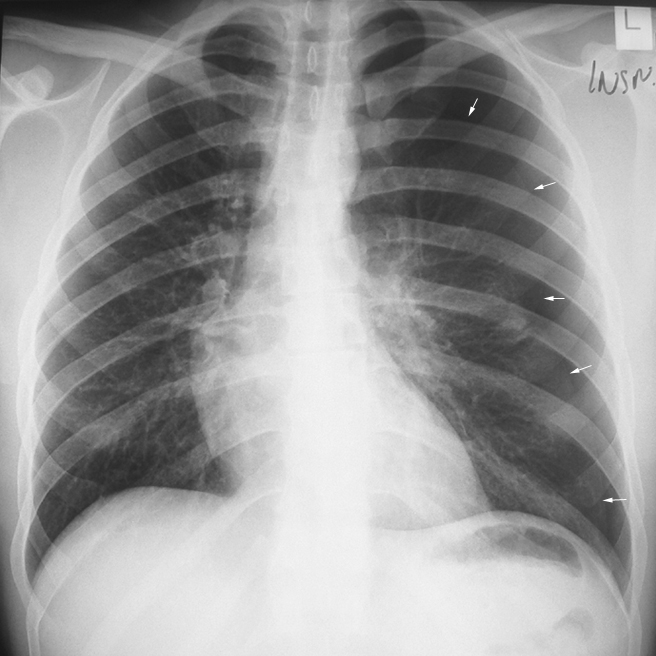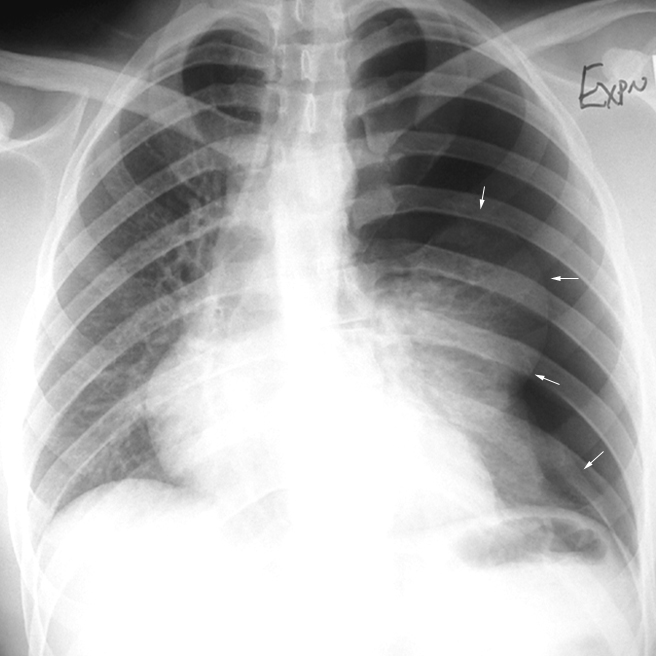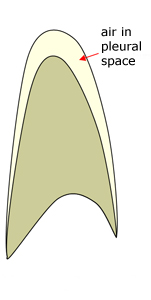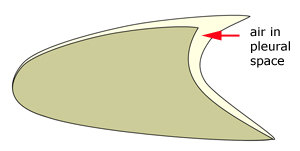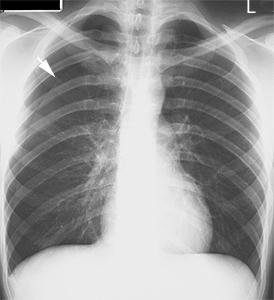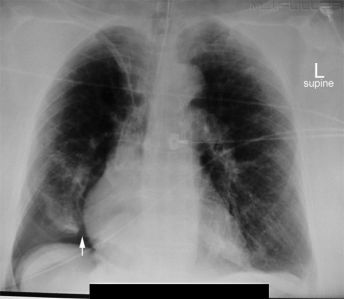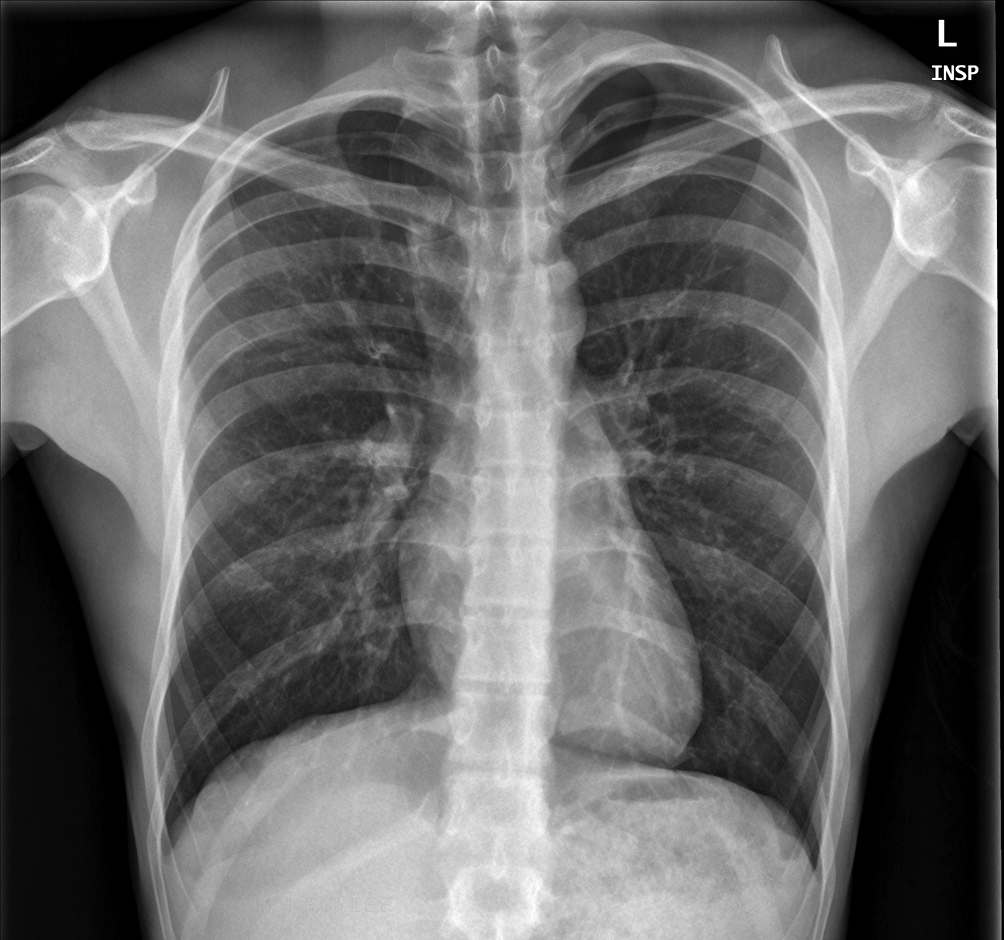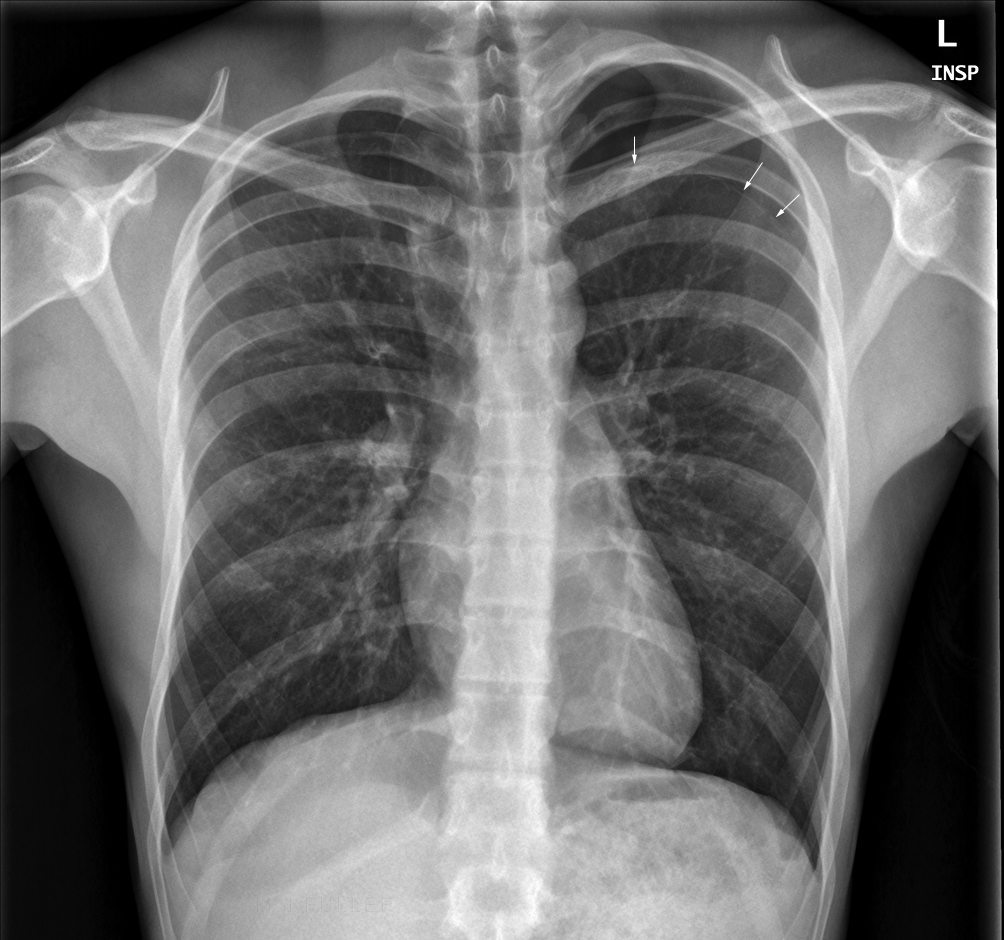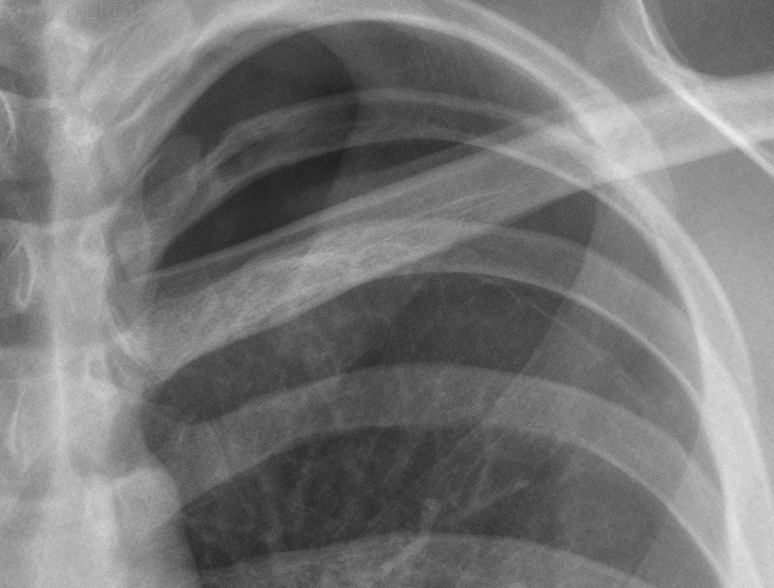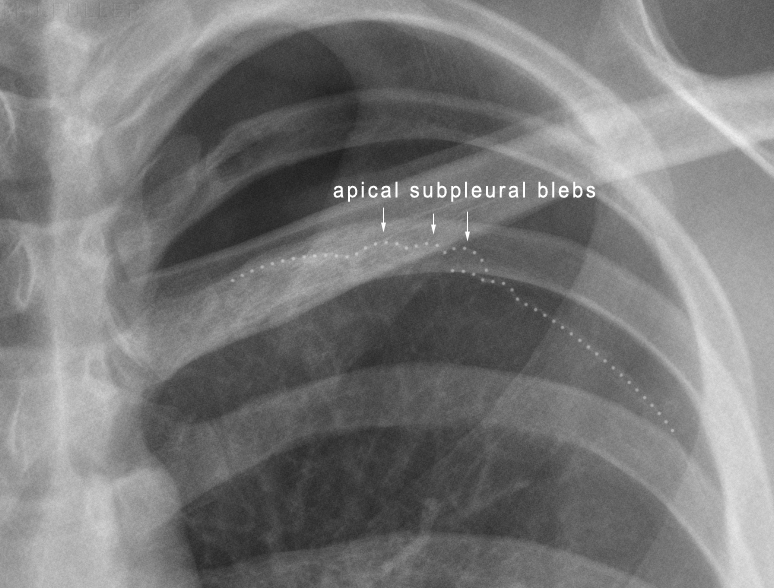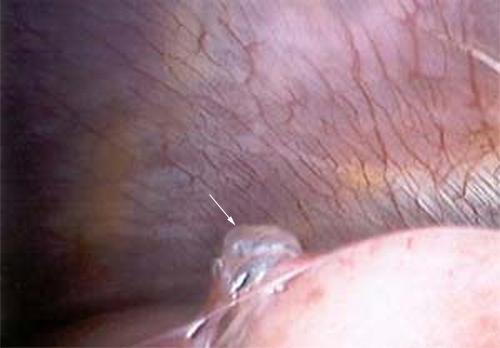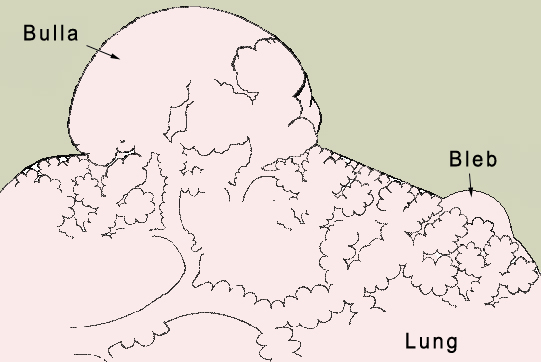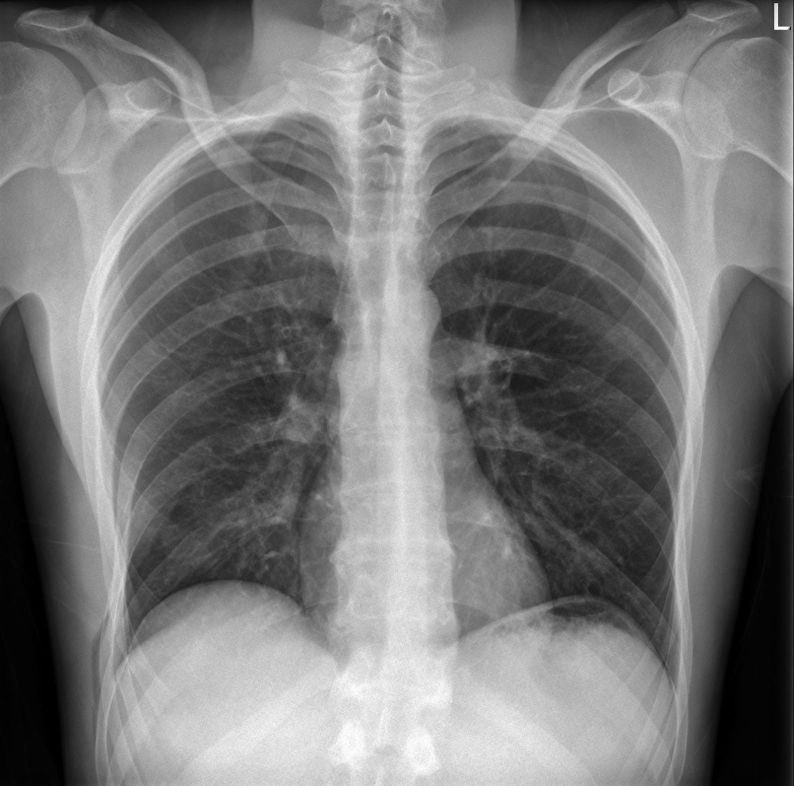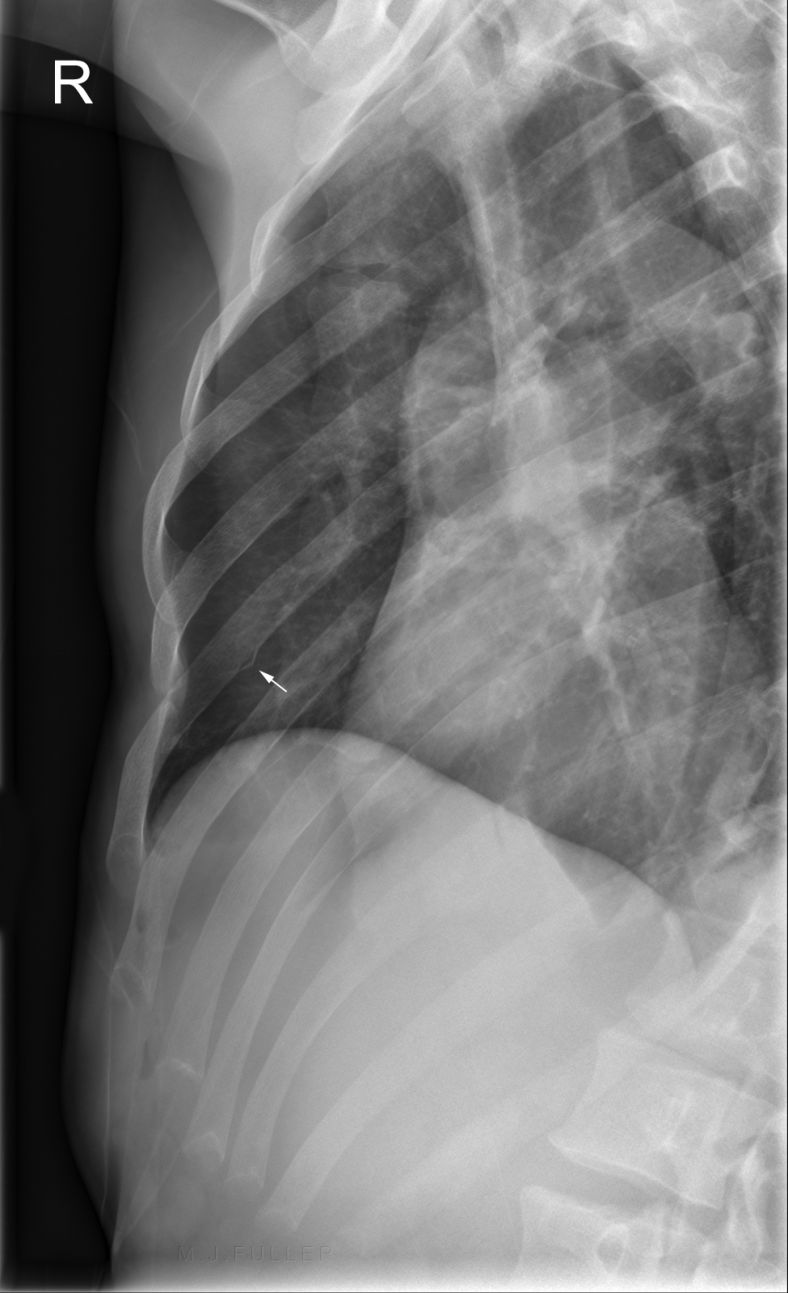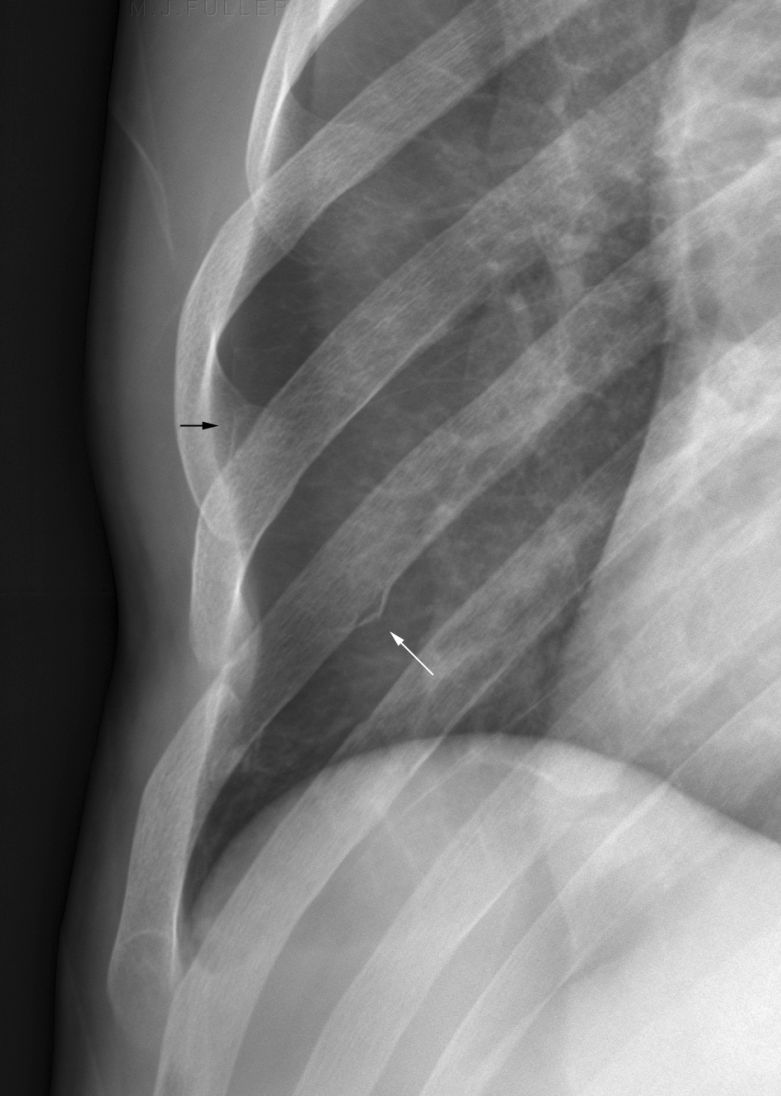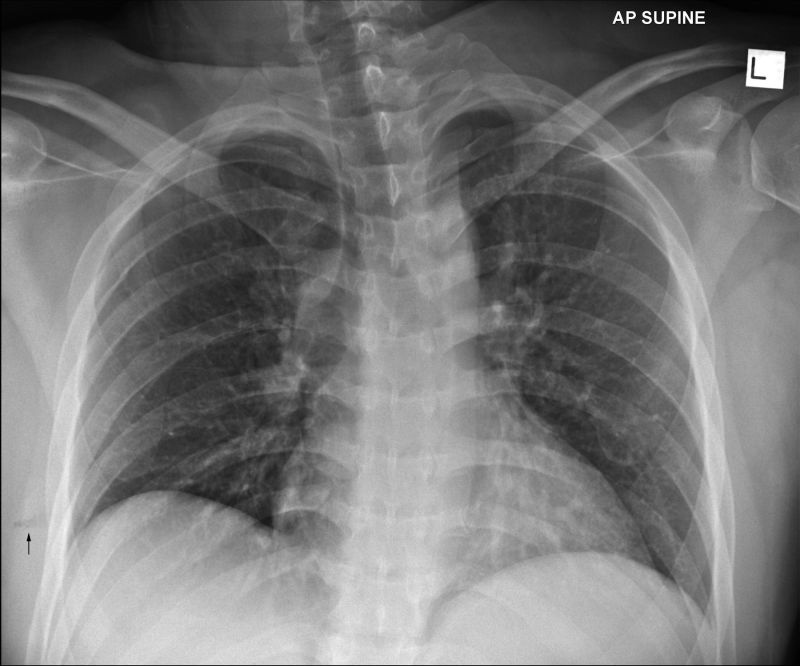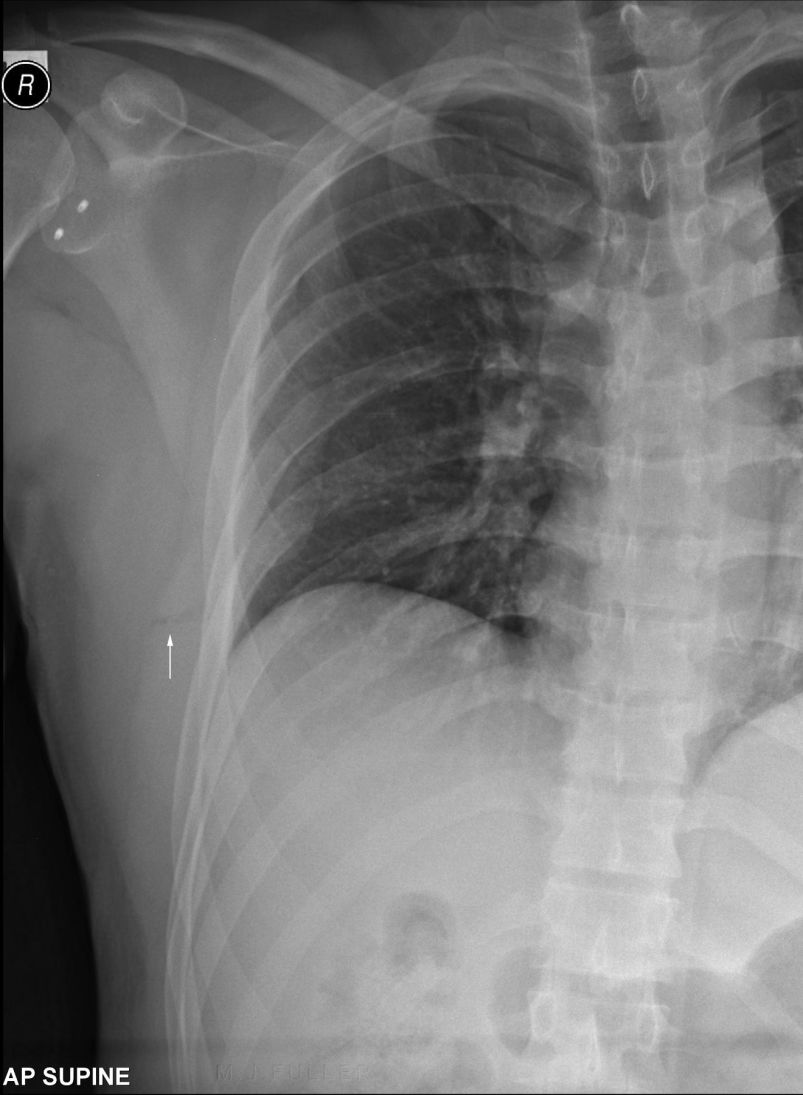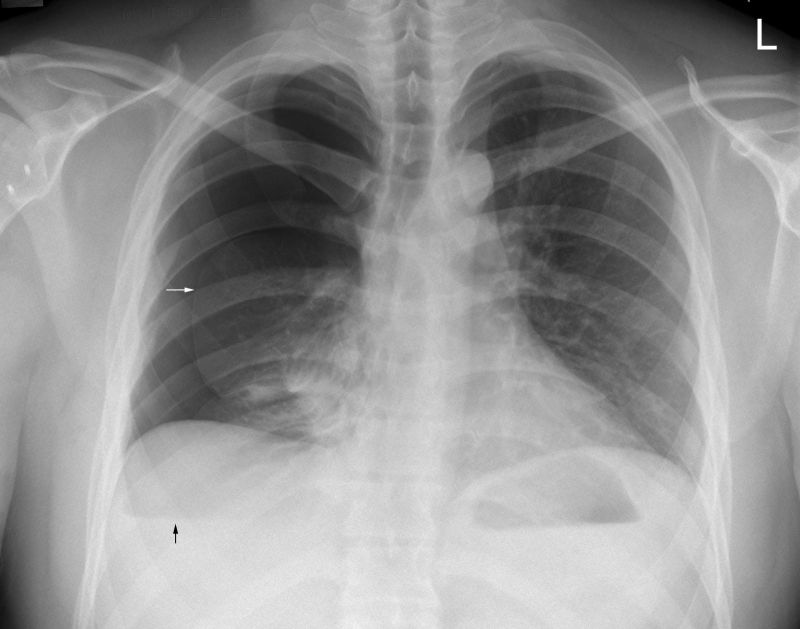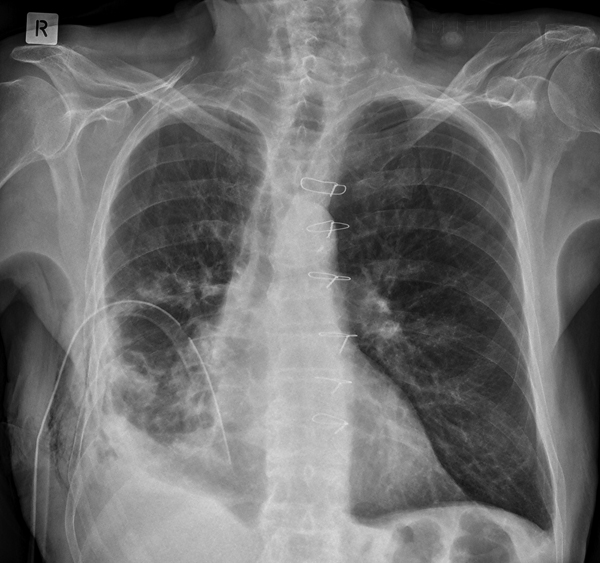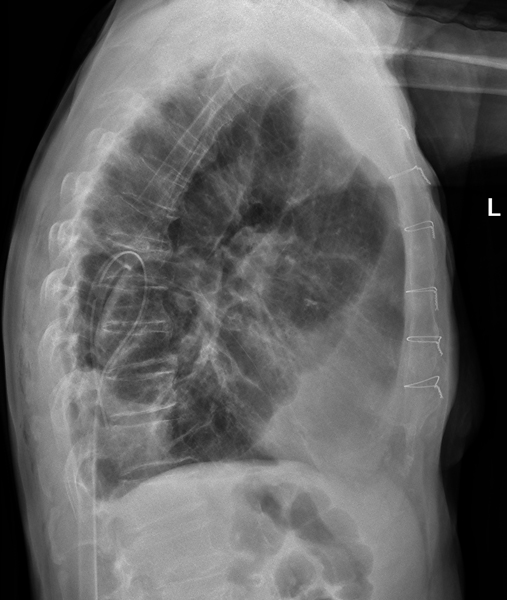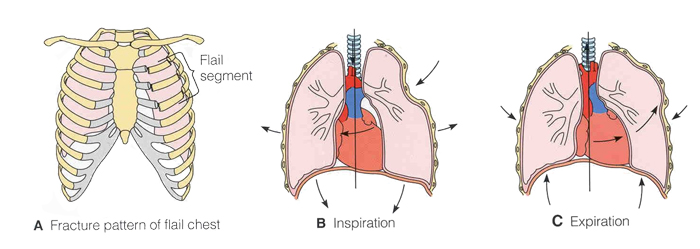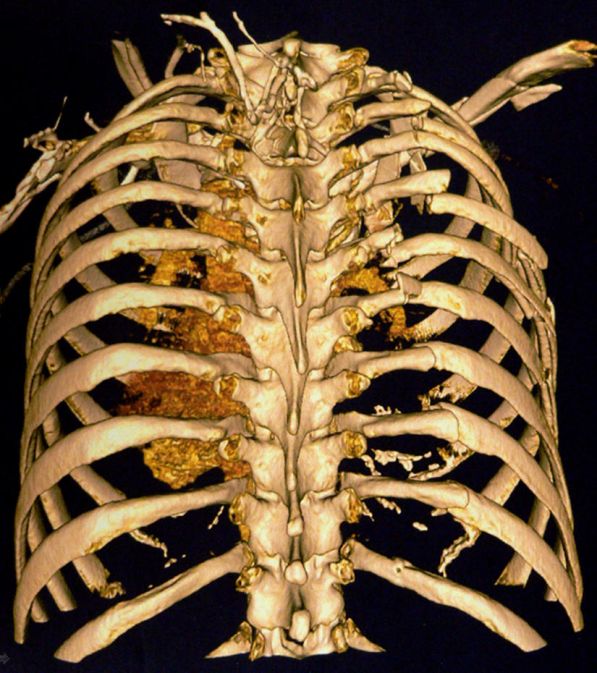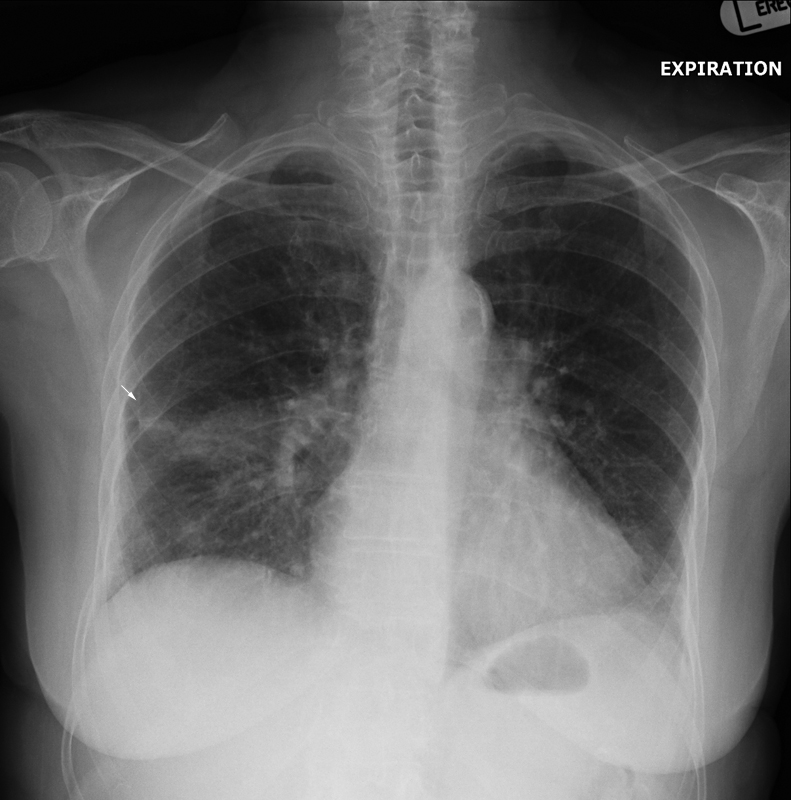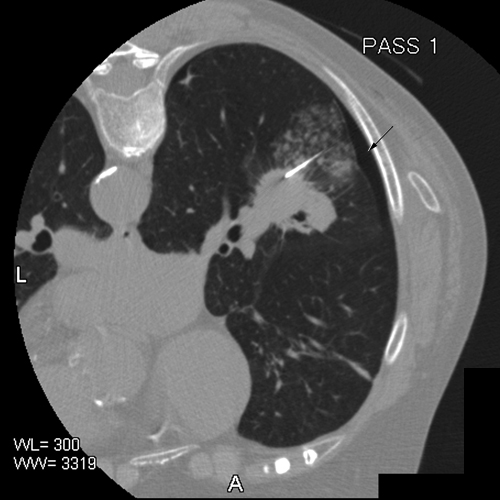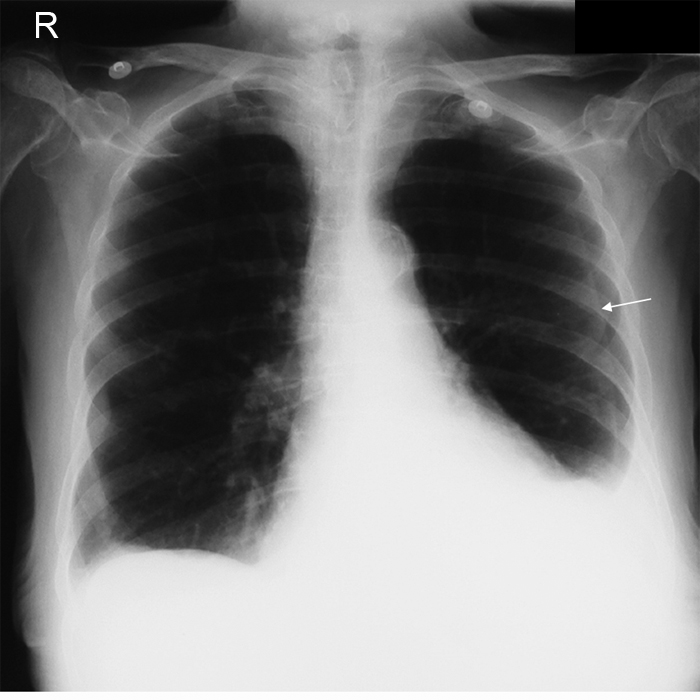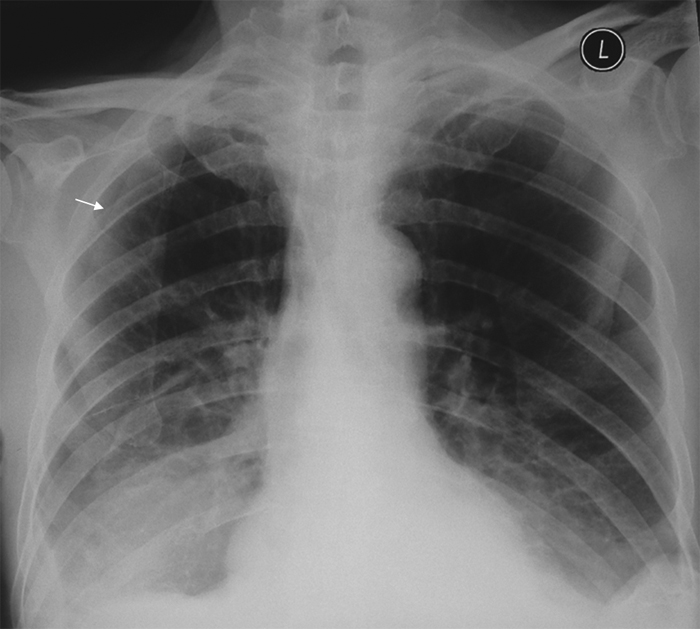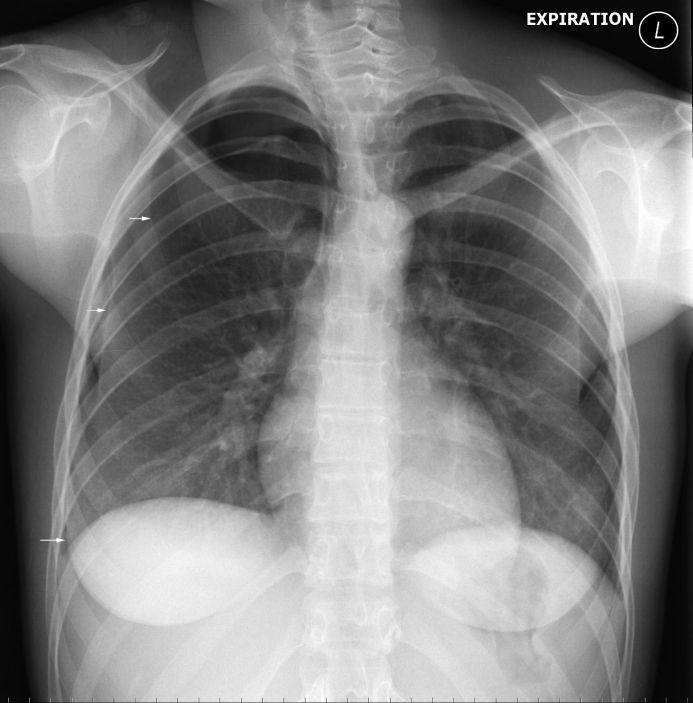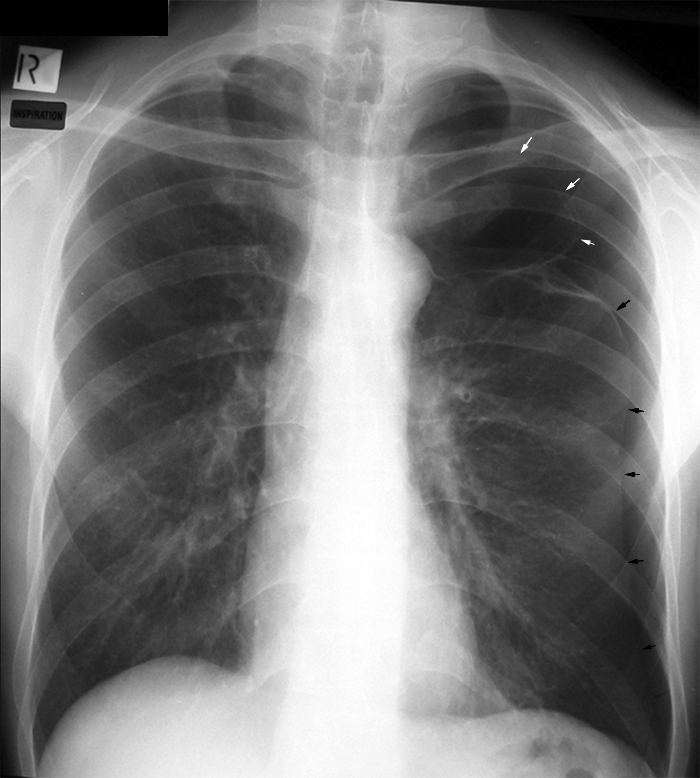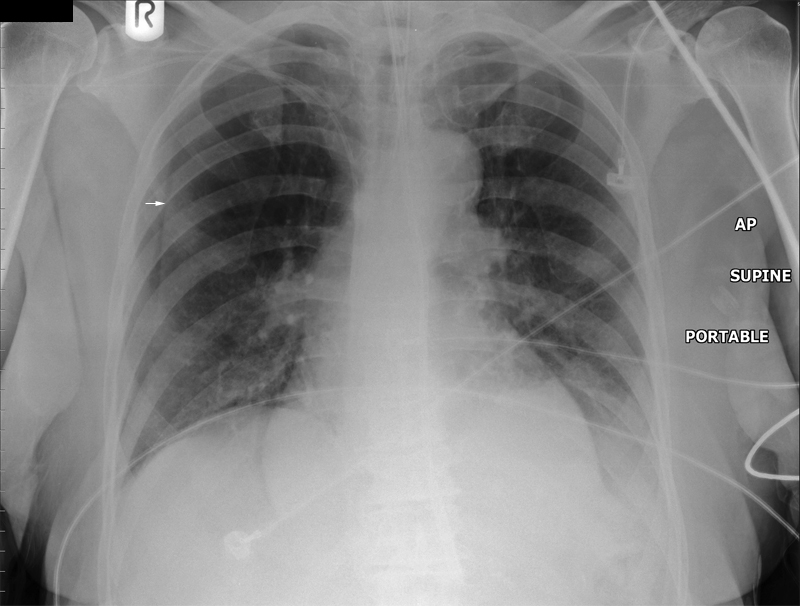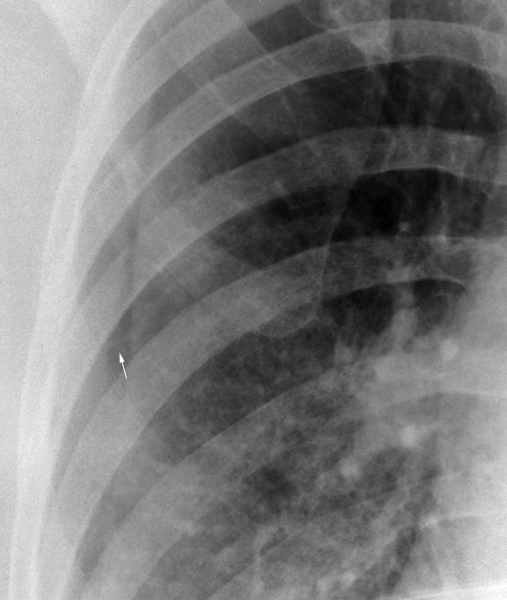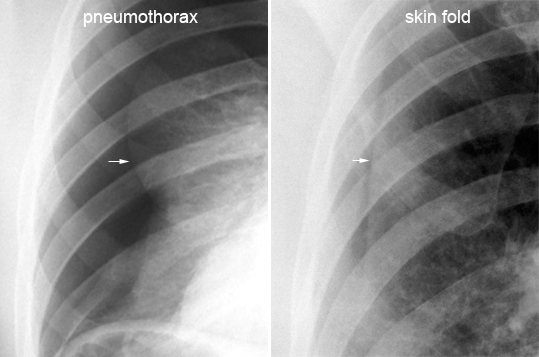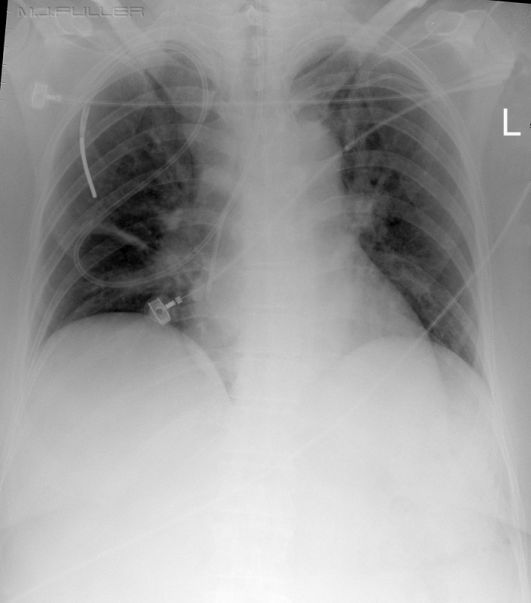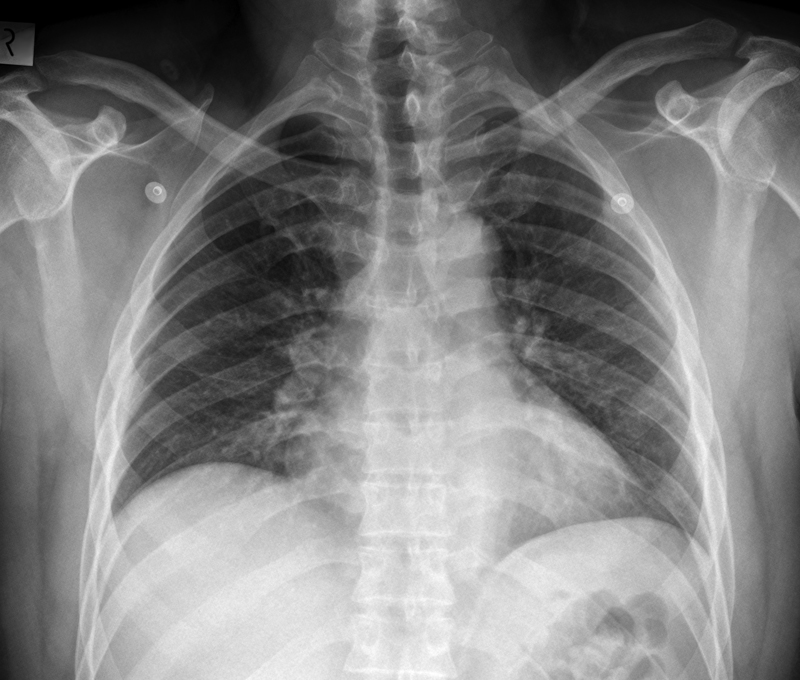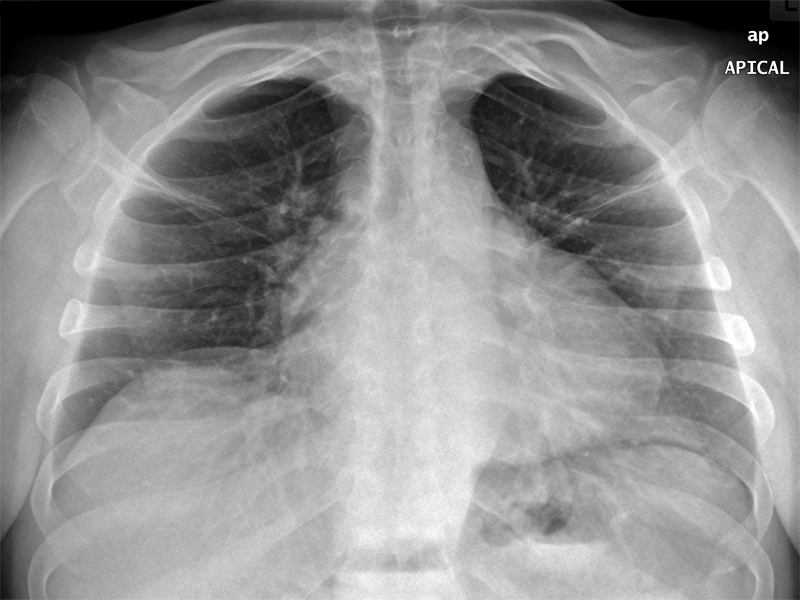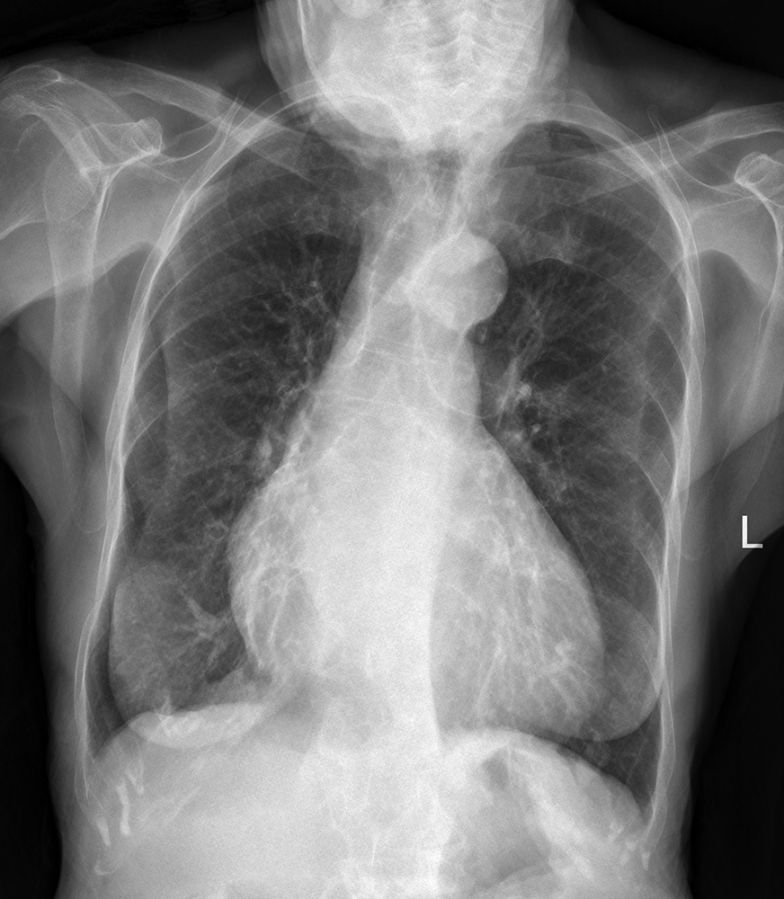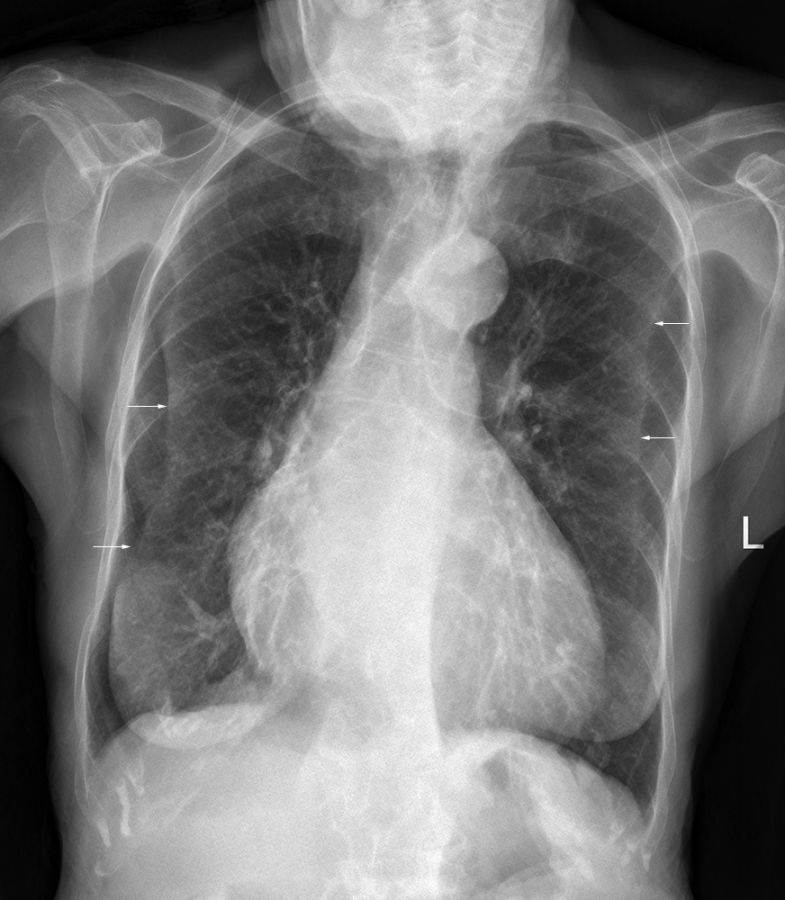Pneumothoraces
Causes of PneumothoraxPneumothorax is a commonly encountered chest pathology in most Emergency Departments. This page considers the pathological appearances of pneumothorax and the radiographic techniques employed to demonstrate them..
- spontaneous
- trauma
- iatrogenic
- Asthma
- Catamenial
- Alpha 1 antitrypsin deficiency
Inspiration and Expiration Views
Erect vs Supine Pneumothorax
Supine PneumothoraxWhy should the plain film appearances of pneumothorax be different for erect and supine images? The answer has everything to do with gravity. The lung affected by the pneumothorax is partially free to move under the effects of gravity because it is not limited by the normal constraints of the uncompromised pleural space. A lung which has been compromised by pneumothorax will tend to fall into the most dependent position in the thoracic cavity.
What to Look for
As the diagram above suggests, in the supine position, air in the pleural space will tend to collect anteriorly and inferiorly. Tocino (<a class="external" href="http://radiographics.rsnajnls.org/cgi/content/abstract/5/4/557" rel="nofollow" target="_blank">http://radiographics.rsnajnls.org/cgi/content/abstract/5/4/557 </a>)describes the situation as follows
"In the supine position, the anteromedial space becomes the least dependent
pleural recess. Air in this space may reveal the earliest and, often,
most subtle radiographic signs of pneumothorax. As the volume of air in-
increases, signs of pneumothorax will extend into the subpulmonic space and
then into the apicolateral space.
The anteromedial space is divided by the hilar structures into superior
and inferior compartments. Initially, air will accumulate preferentially in one
of these compartments. Air in the superior anteromedial space accounts for
the sharp delineation of mediastinal contours ...... . In fact, air interposed
between abnormal lung parenchyma and the mediastinal structures
(absence of the silhouette sign) should raise suspicion of pneumomediastinum
or pneumothorax."
Signs of Supine Pneumothorax
Sign Description 1 Etched Diaphragm Diaphragm contrasted with air in pleural space 2 Etched Mediastinum Mediastinum (heart border) outlined with air in the pleural space 3 Deep Sulcus Sign Abnormally prominent/deep costophrenic angle 4. Visible Visceral Pleura Most often seen as a doublediaphragm-like appearance 5. Mediastinal shift As in the erect position, mediastinal shift may indicate the presence of a pneumothorax under tension 6. Uneven Lung Density Affected lung may appear abnormally translucent. Abnormal lung may also appear abnormally opaque in hydropneumothorax from veiling density 7. Absent Lung Markings This will usually occur in the presence of other signs 8. Subcutaneous Emphysema Associated with rib fracture
Radiographic Technique
The supine pneumothorax is best demonstrated on full expiration. A caudally angled image centred on the diaphragm may be of some assistance in the presence of a subpulmonic pneumothorax. A supine cross-table lateral chest may provide further evidence of pneumothorax by displaying air accumulated anteriorly in the pleural space. An apical lordotic view may also help to demonstrate a pneumothorax but is more likely to be of assistance with the patient in the erect position.
If the patient is able to be imaged in the erect position this will clearly be advantageous.
Spontaneous Pneumothorax
This 20 year old male presented to the Emergency Department with chest pain. He was examined and referred for chest radiography.
There is a left sided pneumothorax visible at the lung apex.The pneumothorax is arrowed
azygos lobe notedA magnified image demonstrates the visceral pleura to have an irregular margin. This irregular margin is likely to represent underlying apical subpleural blebs. Apical Subpleural Bleb
<a class="external" href="http://www.rtso.ca/themes/acquia_marina/student/pneumo.htm" rel="nofollow" target="_blank">
http://www.rtso.ca/themes/acquia_marina/student/pneumo.htm</a> (1/2/2011)The stereotypical Spontaneous pneumothorax patient is a young, tall, thin male with no history of medical problems. The predominance of SP in men is overwhelming; SP affects 5-10 times as many males as females. The peak age group is 20-29 years of age, and many studies indicate much higher susceptibility among smokers, though some studies dispute this claim. The harmful ingredients in tobacco smoke may irritate the pleura and therefore increase the likelihood of a rupture or tear in the pleural membrane. The reason for the high incidence of spontaneous pneumothorax among tall males is not completely understood. However, many feel that the morphology and physiology of tall men is such that they have an inherent defect in their structure which is manifested by a lengthened chest cavity and lung. This structure makes the lung apex more vulnerable to gravitational and other stresses which may cause bleb formation and a subsequent spontaneous collapse of the lung. In addition to body structure, other risk factors for the development of SP are pre-existing lung disease, the presence of sub pleural blebs, and forceful coughing. When evaluating patients reporting chest pain, one must always consider SP if the patients are tall, thin, young men with a positive smoking history.
<a class="external" href="http://www.pilotfriend.com/aeromed/medical/pneumothorax.htm" rel="nofollow" target="_blank">http://www.pilotfriend.com/aeromed/medical/pneumothorax.htm 1/2/2011</a>Bleb or Bulla? Spontaneous pneumothorax occurs when air enters the pleural space in the absence of a traumatic or iatrogenic cause. The most common source of air is the lung parenchyma with the most common cause being pulmonary blebs or bullae. Pulmonary blebs are accumulations of air within the layers of the visceral pleura that form when air escapes from within the lung parenchyma and travels to the lung surface, most commonly the lung apices. In contrast, pulmonary bullae are air-filled spaces within the lung parenchyma that result from the destruction, dilatation, and confluence of adjacent alveoli.
<a class="external" href="http://cat.inist.fr/?aModele=afficheN&cpsidt=15142295" rel="nofollow" target="_blank">quoted from http://cat.inist.fr/?aModele=afficheN&cpsidt=15142295</a> 1/2/2011
The Importance of Subcutaneous Air
Case 1
Case 2
Post Intercostal Drain Pneumothorax Radiography
Flail Chest
source: unknownFlail chest refers to a condition in which there are two or more adjacent pairs of rib fractures. The adjacent pairs of rib fractures form a segment a chest wall that is able to move independently. When the patient breathes in this segment will move in a paradoxical manner. A segment of the chest wall that is flail is unable to contribute to lung expansion. These videos demonstrate the paradoxical movement of the flail segment of chest wall. Note that the flail segment of chest wall moves "in" on inspiration and "out" on expiration. This appearance can be clearly seen on some patients but tends to be hidden on larger patients. This 3D CT reconstruction demonstrates multiple pairs of ribs fractures on the left producing a flail segment of chest wall.
Loculated pneumothorax
False Pneumothorax from Skin Folds.
Pneumothorax or Bulla(e) or Both?
Iatrogenic Pneumothorax
The term iatrogenic refers to any pathology induced inadvertently by a physician or surgeon or by medical treatment or diagnostic procedures. Etymologically, the term means "brought forth by a healer" (iatros means healer in Greek); as such, in its earlier forms, it could refer to good or bad effects. <a class="external" href="http://en.wikipedia.org/wiki/Iatrogenesis" rel="nofollow" target="_blank">(http://en.wikipedia.org/wiki/Iatrogenesis)</a>
Apical Lordotic ViewAssociated with NGT Insertion
This NGT has taken a path down the right main bronchus then made its own path through lung parenchyma into the pleural space.
This NGT was removed from the pleural space and replaced with an underwater sealed drain (UWSD) which was inserted percutaneously.
The pneumothorax is not demonstrated but is known to exist given the course of the NGT
False Pneumothorax from Breast/Axillary Soft Tissue Lines
There are several soft tissue lines demonstrated. Do they represent pneumothoraces? These lines are axillary/breast soft tissues (arrowed)
... back to the wikiradiography home page
... back to the Applied Radiography home page
